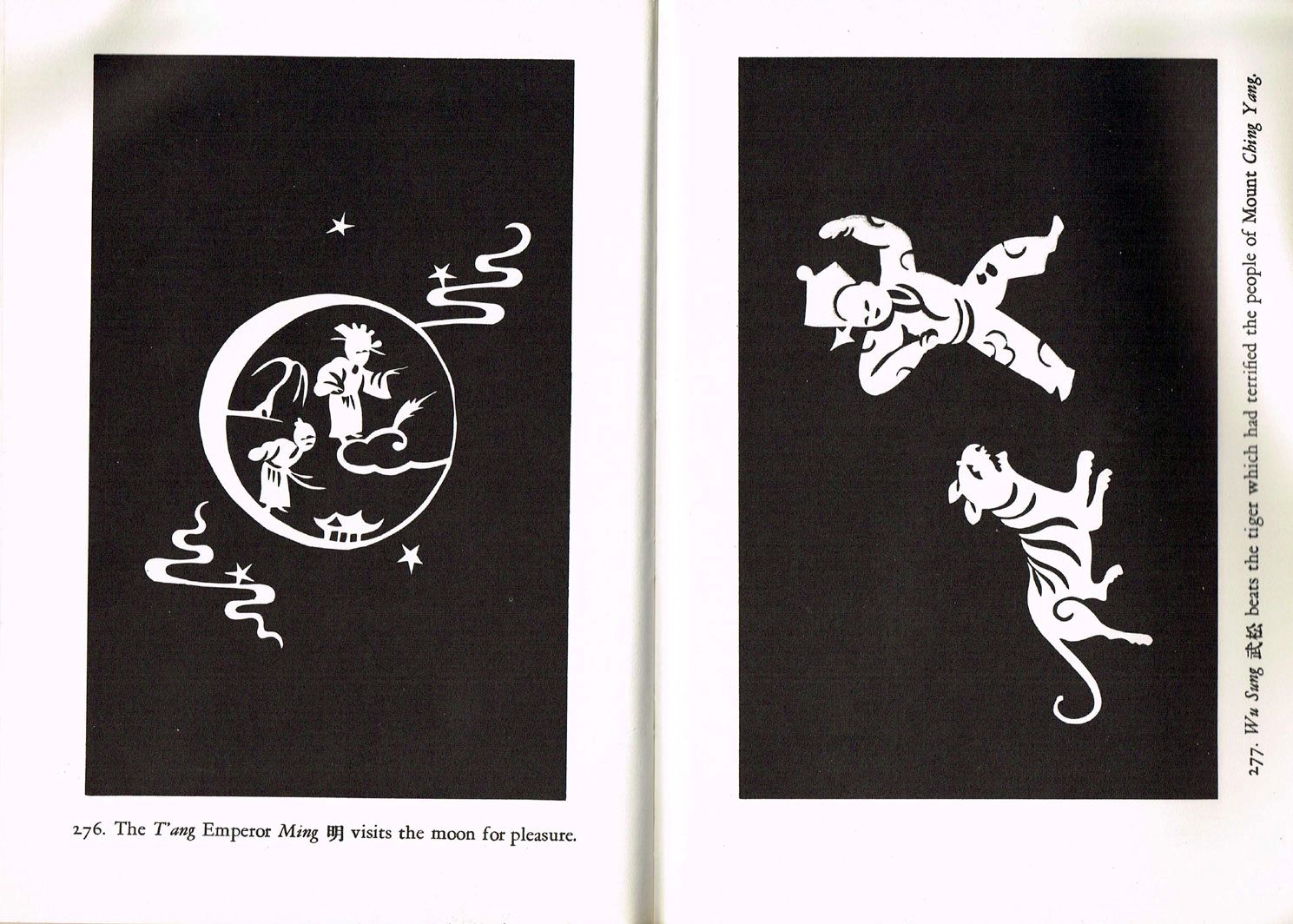Navel expanding

How did the expression ‘navel-gazing’ evolve to mean self-indulgent introspection, where it once meant a form of contemplation about the cosmos through the navel? The term ‘navel-gazing’ derives from the Ancient Greek word, omphaloskepsis, the practice of meditation by connecting to the cosmos through gazing around the umbilical region.
A beautiful image is conjured; one can understand the larger universe through the universe of the body. To understand the vast and infinitely mysterious, we begin by peering at and through another vast and infinitely mysterious micro-universe that is our bodies. To me, it places the navel as the very gateway and portal to the macro and micro, smack bang in the middle of our belly. The umbilical cord, so reminiscent of a telephone cord, and so vibrantly blue too, is the fleshy tunnel into the cosmos beyond our membrane. The false illusion is that this skin separates. It in fact connects us – the cord enables telecommunication to forces we have been blinded by. The question is how did the access to the cosmos get cut? I feel Trinh T. Minh-ha, American-Vietnamese filmmaker and writer, partially answers this question.
“There is not much, in the kind of education we receive here in the West, that emphasizes or even recognizes the importance of constantly having contact with what is actually within ourselves, or of understanding a structure from within ourselves out. The tendency is always to relate to a situation or to an object as if it is only outside of oneself. Whereas elsewhere, in Vietnam, or in other Asian and African cultures for example, one often learns to ‘know the world inwardly,’ so that the deeper we go into ourselves, the wider we go into society.”1
This is further unpacked by her differentiation between navel-gazing and navel erasing to talk about different ways of using the “I” position. She uses these terms to describe how ‘Third World’ feminist writers struggle to find a balance between inscribing their experiences to create visibility of their “kind” without indulging in “naïve whining” and remaining silent, which is itself a form of annihilation for perspectives that are already on the margins. Allow me to think through these vivid terms within my context. I would make a distinction between the “I” that takes up space (navel-gazing) and an “I” that relates to other “I’s” as a way to share space, which I call navel expanding. To completely remove the “I” of Western “objective” academia is to pretend to not take space while very much doing so. This is a form of feigned or institutional navel erasing. If marginalised folk often experience navel erasing when their “I’s” are neglected or not cared for, the navel expanding position might be understood as the feminist practice of amplifying other voices. I attribute bell hooks, Trinh T. Minh-ha, and Uzma Rizvi, south Indian sociologist, and archaeologist, for encouraging me and teaching me navel expanding practices, ones that might be able to mend practices of navel-gazing.
Navel expanding practices, as the image evokes, begins with an introspection and interrogation of the body and expands outwardly that oscillates and connects the inner body to the wider body. In this way, my research with my mother is such a practice. I began this journey by reflecting upon my past, and just as my umbilical cord connects me to my mother and hers to her mother, I am tracing the lineages of my navel, hoping to uncover the genealogy of my ancestral wounding.
In my research into intergenerational trauma in 2nd generation Chinese diaspora, I learned of a Chinese concept called da wo. It means ‘great self’ where the self is understood to include one’s family and is inherited from one’s ancestors (Bedford & Hwang, 2003). I feel that navel expanding and da wo are related in this sense, as both see the self as not contained to an individual or even one lifetime, but speaks of an ‘intergenerational self’.
In this regard, the practice of navel expanding for me is the process of researching my own embodied knowledges in light of my family's history to explore the larger context of China in the 20th century during a tumultuous time of political, cultural, and social revolution which would eventually lead a generation to migrate to countries in the global north; Australia, Canada, US, and many countries on the European continent.
Trinh T. Min-Ha, "'Speaking Near:' A Conversation with Trinh Min-Ha," by Nancy N. Chen, Visual Anthology Review, no. 1 (Spring 1992) p. 82-91.

